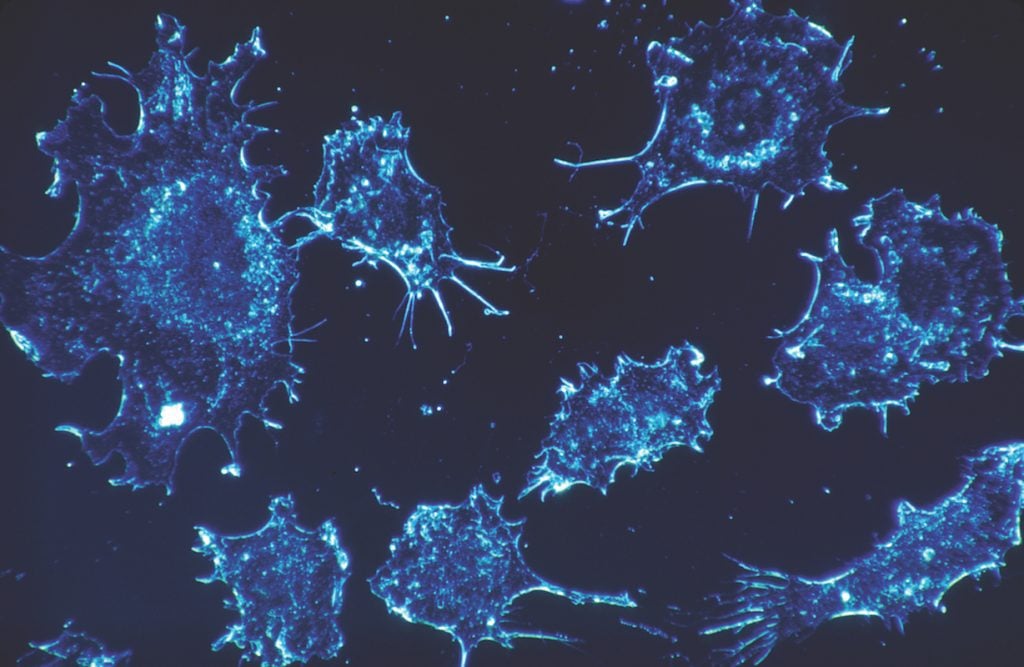
A cell’s properties—the way it moves, its shape, its texture, and its stiffness—have an enormous impact on human development, the immune response, and the progression of cancer.
But researchers studying cell mechanics often wind up with results that are different from those of their colleagues, leading to confusion and delaying potential breakthroughs in cancer treatment and immunotherapy.
Denis Wirtz, the Theophilus Halley Smoot Professor of Engineering Science, and colleagues found that the discrepancies were due to different measurement techniques. In a paper recently published in Nature Methods, they provide an analysis of measurements obtained by some of the most common methods and discuss the importance of selecting an appropriate technique for the biological issue being investigated.
“We wanted the paper to be a practical guide for the nonexpert to decide which technique to use for which purpose and to make cell mechanics a little more prominent,” says Wirtz, who is also vice provost for research for Johns Hopkins.
Cell mechanics, a field that has grown rapidly in recent years, is crucial in cancer research; there is a strong correlation between the stiffness of tumor cells and how readily they metastasize. More generally, it offers insight into how cells behave, rather than what they are capable of doing. As the field has grown, a wide range of approaches to measurement have developed, so Wirtz says it’s time to “push pause” and standardize the most appropriate techniques. Unifying the maturing field around a common set of approaches will make cell mechanics more valuable to the larger cancer research community, he says.
The result of the study—which involved co-authors across the U.S., France, and Germany—is a catalog of measurement variations among common techniques, paving the way for standardized protocols that yield consistent results across researchers and a clear way forward for the field. “Having co-authors in different countries was a signal that this is not a single institution’s version, but that it’s inclusive from the beginning,” Wirtz says.
After laying the groundwork with cultured cells, Wirtz says the next step is to do similar research in vivo, in acknowledgement that the macroenvironment has its own impact on the physical properties of cells. In the very long term, Wirtz envisions cell mechanics assessments—with simplified measurements—as one of many tests offered to patients in clinical settings.




